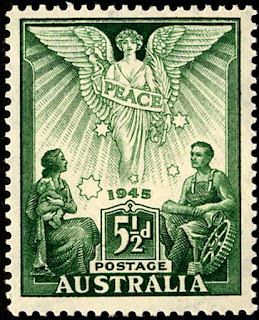World Tailors Day is celebrated annually on February 28 to acknowledge the pivotal role of tailors in the clothing industry. The term "tailor" has a rich history, originating from the French word "tailler," meaning "to cut." This day coincides with the birth anniversary of William Elias Howe, the American inventor of the sewing machine, a technological marvel that revolutionised the garment trade.
Evolution of Tailoring: The art of tailoring dates back to the 12th century when clothing became a means to accentuate figures rather than merely conceal them. The Latin term "sartor," meaning a garment mender, contributed to the development of the English word "sartorial," emphasising tailored garments.
Importance of Tailoring: Tailoring is integral to fashion design, providing a means to achieve the perfect fit, flattering silhouettes, and enhancing garment quality. Tailors contribute to sustainability by reducing textile waste, offering personalised fits, and supporting slow fashion principles
Benefits of Tailoring
Custom Fit: Tailored
clothing provides a unique fit tailored to individual styles and needs.
Durability: Bespoke
garments are built to last, countering the fast fashion trend.
Affordability: Tailoring
is a cost-effective way to refresh your wardrobe with quality clothing.
Unique Design: Tailoring
allows for personalised designs reflecting individual style.
Environment-Friendly: Custom-tailored
dresses align with sustainability by reducing mass production waste.
Fast Fashion Alternative: Tailoring
supports slow fashion, prioritising ethical production and durability.
Supporting Local Tailors: Show
appreciation for local tailors by getting garments made from them, providing
both support and financial assistance.



























